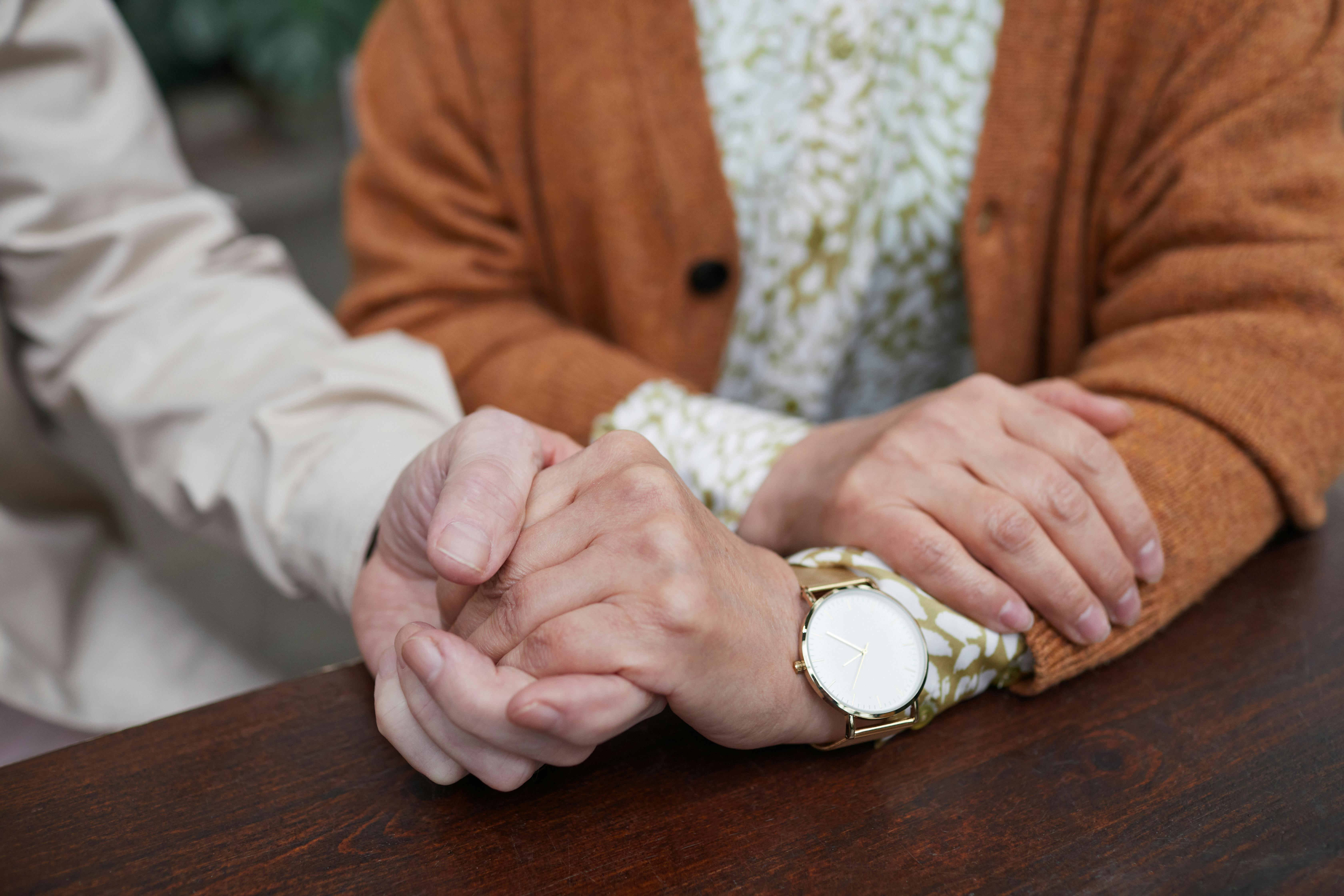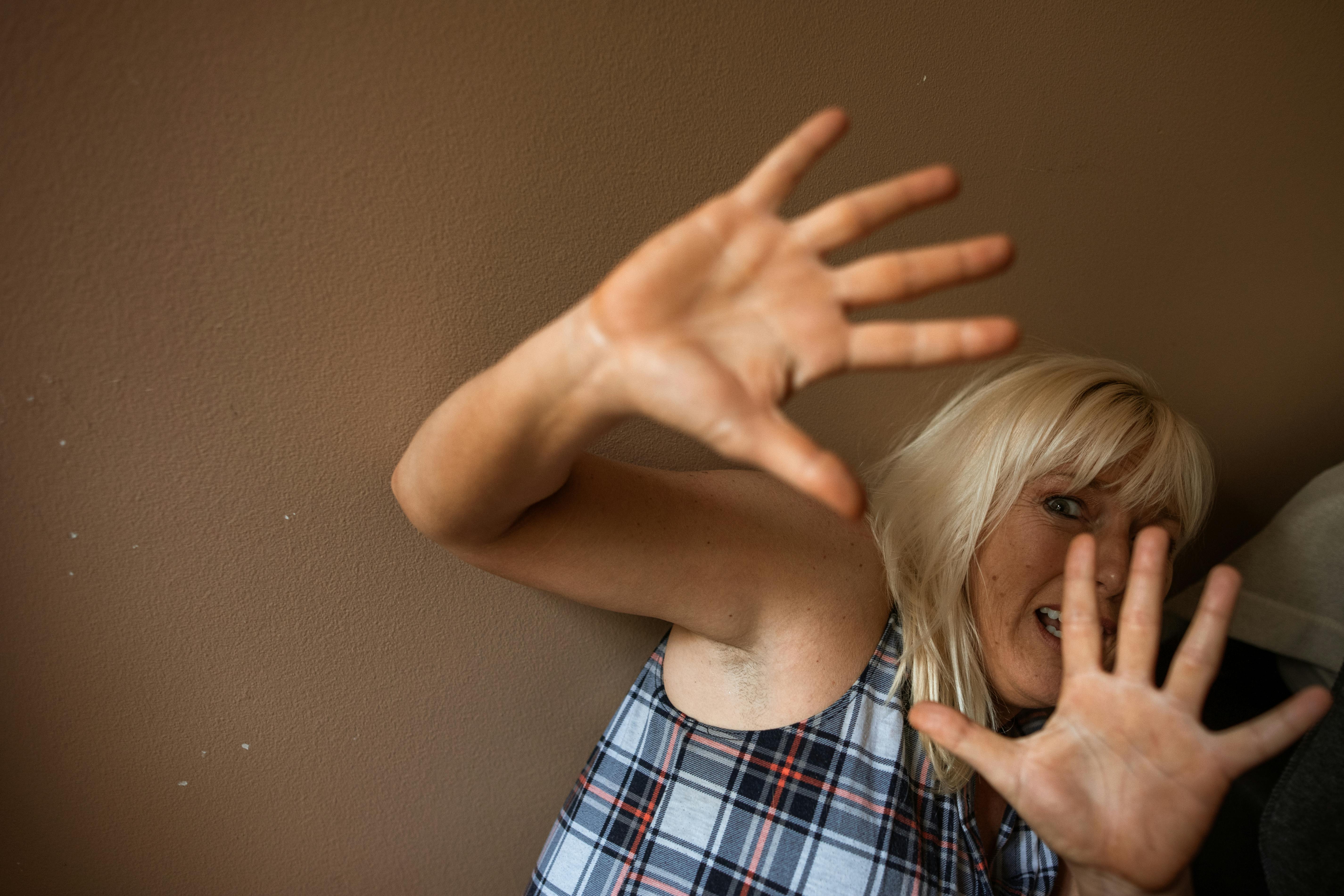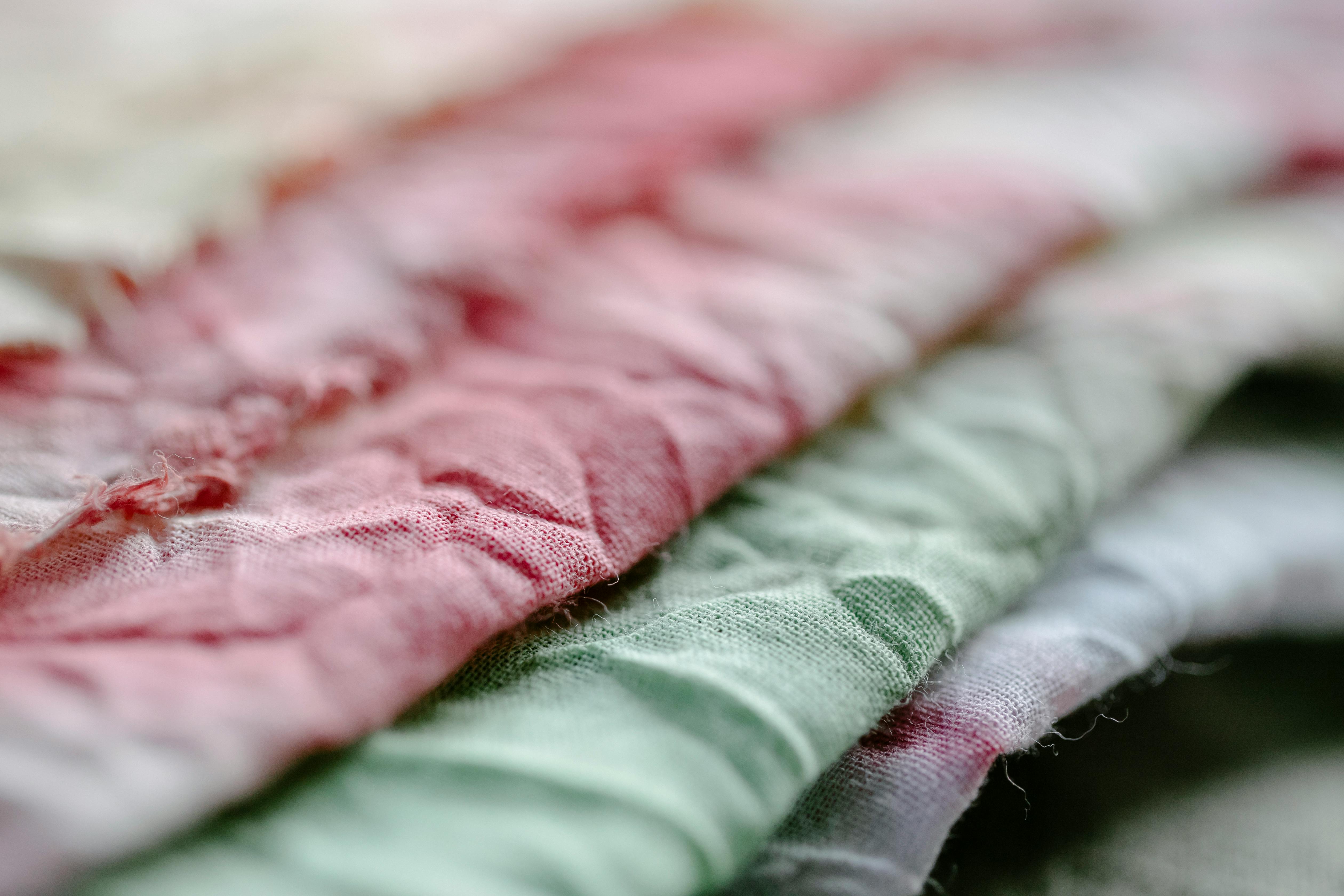
Children’s Life Jackets, US Coast Guard Approved, What Does This Mean?
When in a bathing suit our three year old daughter is not afraid! She splashes around, chases waves, and giggles with sheer joy. She covers her nose as she “sinks” and then jumps up to “surprise” us… a new version of hide and seek. While I’m delighted that she’s brave, confident and loves to explore, still… I wonder… is she safe? As a parent, I listen to too many heartbreaking stories about moms who are distracted for just a moment, sometimes sitting just an arm’s length away from their child, but the child drowns; a horrible accident; a reminder that drowning is often silent and not dramatic.
I have a Puddle Jumper strapped around my daughter’s chest (an improvement on the well-known water wings or inflatable armbands that keep children afloat in water), but is it enough? The Puddle Jumper is a US Coast Guard Approved Type III Personal Flotation Device. As I keep wondering about my daughter’s safety, I’m curious what does “US Coast Guard Approved” mean? Uh.”? It sounds impressive, like a prestigious endorsement. A product bearing this seal of approval must mean that the product is good and therefore will keep my daughter safe. This was my thought when I bought the Puddle Jumper.
But now, as the word “endorsement” echoed through my mind, I was wondering what the phrase “US Coast Guard Approved” really meant. My free associations with the word “endorsement” conjured up uncomfortable images: political endorsements, which I rarely trust; TV ads featuring public figures or worse, Hollywood actors endorsing products and services. Oh! Have I been too naive? Have I blindly accepted an “endorsement” presented by the US Coast Guard? Have I put my daughter at risk?
What it means: US Coast Guard Approved.
Who should we trust as “the expert” on children and water safety? Who should we turn to as an authority on how accidents happen and how to prevent them? Who is fairly esteemed and possesses sufficient credentials to speak about the seriousness of my concern… the breath of life for our little ones, our children, my daughter? Granted, for me, the United States Coast Guard was the only agency that came to mind, but not because I personally vetted its integrity.
To alleviate the anxiety my free associations were causing, namely my growing distrust of an “endorsement” put forth by the US Coast Guard and a “endorsement” widely used by retailers who sell and therefore , advertise the Puddle Jumper, I needed to know exactly what “backup” meant.
I was surprised when I found out that the Coast Guard was willing to point out the “best” life jacket. However, upon reading further, I found that the “best” personal flotation device was described only generically and with conditions attached.
The “best,” says the Coast Guard, is:
- The one you are willing to use!
- The one who saves your life every time you need it.
- The one that suits your needs!
In the next paragraph, the Coast Guard expressed a perplexing problem: “The perfect life jacket, life jacket, or PFD (personal flotation device) has not yet been designed.” Even the United States Coast Guard was not a final, single, and complete authority.
Also, I learned that with one particular life jacket “endorsed” as “US Coast Guard Approved.” there is an attached “Think Safety” booklet. The brochure is an integral component of the endorsement. When I bought my daughter’s Puddle Jumper I hadn’t even read the brochure.
The seal of approval plus the “Think Safe” booklet equals the full meaning of: US Coast Guard Approved. The one cannot be separated from the other.
The “Think Safe” brochure is a list of conditions that the Coast Guard attaches to the approval of a particular personal flotation device. Using the Stearns Puddle Jumper as an example: The Stearns Puddle Jumper is Coast Guard approved…
- If the child wearing it is from 30 to 60 lbs.
- If the water is calm and/or if the body of water is an inland body.
- OR Whether there is a good chance of rapid rescue in or around the body of water.
Also, when it comes to children and selecting a PFD, the Coast Guard offers more advice:
- You need to teach your children how to properly wear a PFD.
- The PFD must fit snugly on a child.
- The purchased PFD must be tried on immediately after purchase: in a pool and on the child who will wear it.
- PFDs are not babysitters; an adult should always be present.
You should teach your children how to properly wear a PFD
The Coast Guard knows that children panic when they suddenly fall into the water. The suddenness of the fall causes them to move their arms and legs violently, making it difficult to float safely in a PFD. While the PFD will keep a child afloat, it may not support a struggling child on their back. I remembered reading an anecdotal story about Stearns’s puddle jumper; one parent had a “just learning swimmer” and said: “She (the girl) had to learn the first few times (of using the Puddle Jumper) how to use it… that she would have to balance to keep her face out of the way.” Water”.
The PFD must fit perfectly on a child
To check for a proper fit, the Coast Guard recommends lifting the child by the shoulders of the PFD. Since the Puddle Jumper does not have a shoulder section, I could test it by lifting my daughter up the chest of the Puddle Jumper, then go ahead and do the perfect fit test. In any case, the child’s chin and ears must not slip through the flotation device.
The purchased PFD must be tried on immediately after purchase
The Coast Guard cites the obvious. They point out that children come in many sizes and shapes, and therefore just because a PFD works for one baby or child doesn’t mean it will work for another in the same way. Therefore, the Coast Guard urges that PFDs be tried on immediately after purchase: try on a pool and on the child who will be wearing the PFD. They urge parents and guardians of children to check three things:
- suitable weight range
- comfortable fit
- (And especially) A stable position face up in the water.
PFDs are not babysitters
The US Coast Guard reminds parents and guardians, more than once, to never leave a child unattended on a dock, on a boat, or in the water, even if the child is in a PFD.
Conclusion: lessons learned
It was good and right to reconsider my mindless purchase of the Puddle Jumper. While the Puddle Jumper is a good product, I just bought the “hype” on the labels: “US Coast Guard Approved.” I had uncritically relied on an “endorsement” put forth by an unknown authority, namely the US Coast Guard. The blind trust I exercised in purchasing the Puddle Jumper left my daughter vulnerable because I was unaware of my role and responsibility in how safely use the product you had purchased.
US Coast Guard-approved products are great, but please read the enclosed “Think Safe” brochures.








